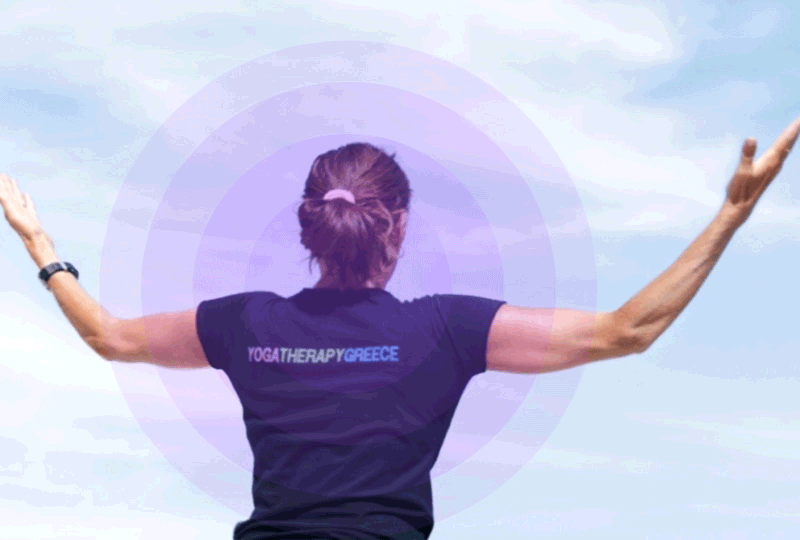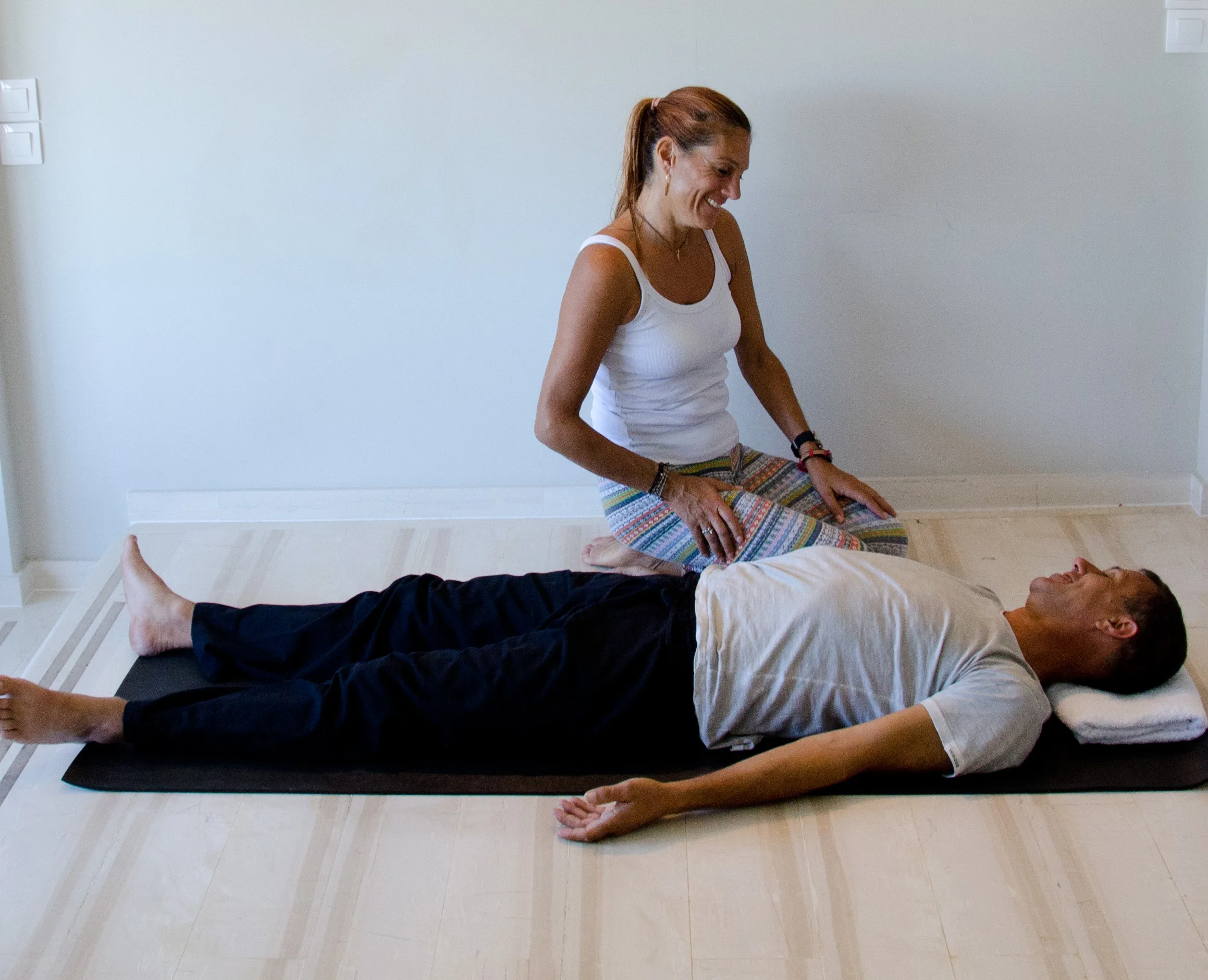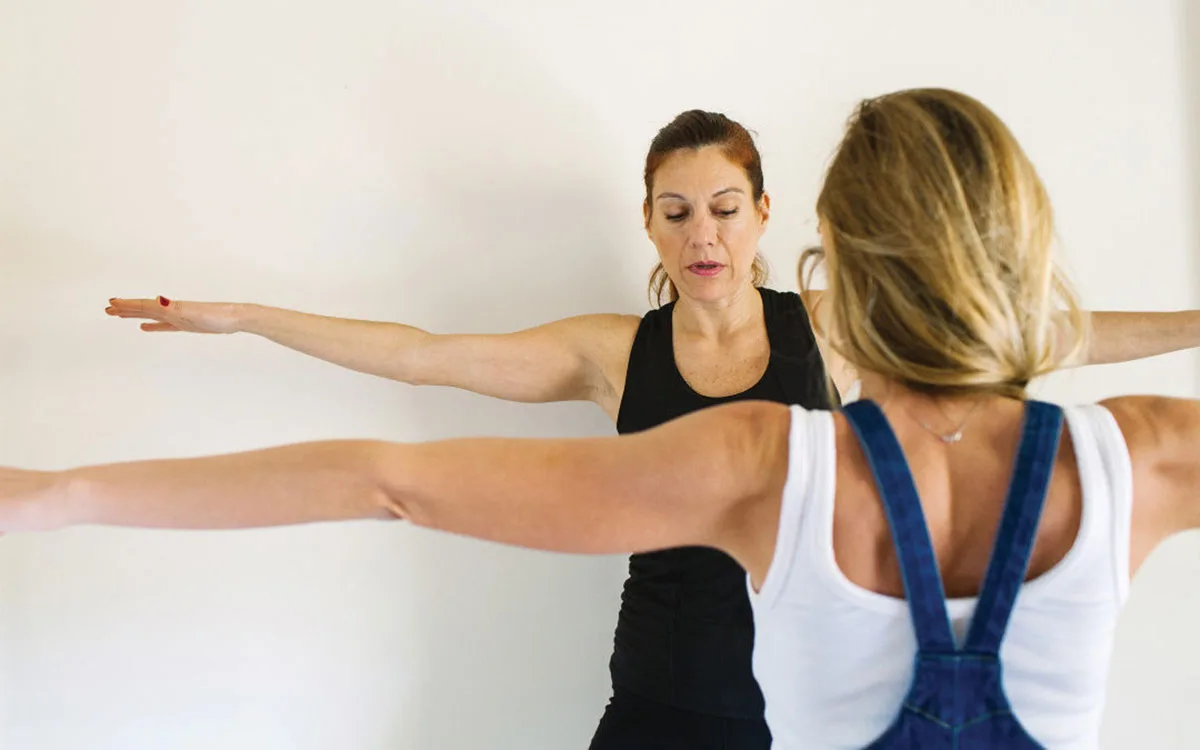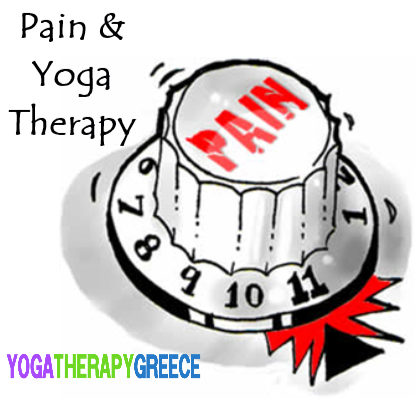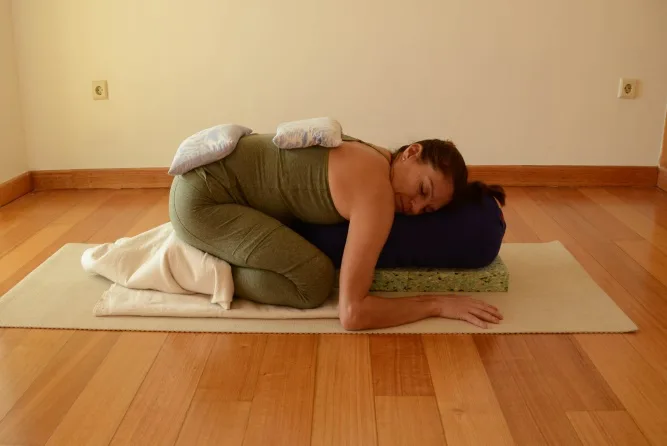Tai Chi for Parkinson, Cardiovascular & Stroke Rehabilitation

Tai Chi for Parkinson Disease
Parkinson disease (PD) is a chronic neurodegenerative disease that is prevalent in 1% of subjects 65 years of age or older, and an increasing appearance suggests that in 2020, there will be more than 40 million people in the world with movement disorders because of PD. 1 Its pathogenesis is a result of the progressive degeneration of dopaminergic neurons.
The signs of PD are resting tremor, bradykinesia, postural instability, and stiffness, which may limit functional mobility, balance, and agility. Secondary signs such as depression, sleep disorders, cognitive disorders, autonomic disturbances.
Since the clinical treatment cannot prevent the progress of the disease and the medications have side effects that affect the patient’s functionality, especially in more advanced phases integrative therapy, such as Tai Chi, Yoga, acupuncture, meditation, and dance, are highly recommended. Integrative therapies (IT) are intervention methods in health care assistance that range from promotion and prevention to rehabilitation, involving mind, body, and spirit as dependent parts of the body, seeking to complement traditional treatments.
Tai Chi intervention had better improvement over Parkinson patients over other therapies seen in systematic review of Mazzarin et al. (2017) and of Zhong et al. (2020). With 60-minute tai chi sessions twice weekly for 24 weeks, PD patients in 4 different stages, tai chi training reduced balance impairments in patients with mild-to-moderate Parkinson’s disease, with additional benefits of improved functional capacity and reduced falls (Li et al, 2012).
The tai chi interventions consisted of six tai chi movements integrated into an eight-form routine with emphasis on performing symmetric and diagonal movements, such as weight shifting, controlled displacement of the center of mass over the base of support, ankle sways, and anterior–posterior and lateral stepping.
Based on the personal needs and capabilities, the tai chi intervention is modified and developed accordingly.
Tai Chi for Cardiovascular Conditions
Cardiovascular disease is clearly an important public health problem, with 1 in 3 adults affected. Mortality due to underlying cardiovascular disease accounts for more than one-third of all deaths. While pharmacological therapy is often emphasized, the critical importance of non-pharmacological approaches and lifestyle modifications, including physical activity and exercise, continues to be recognized for both primary and secondary prevention of cardiovascular disease.
In recent years, with the popularity and prevalence of mind-body therapies, there has been a growing interest in tai chi exercise for patients with cardiovascular diseases and cardiovascular risk factors (ie, hypertension, dyslipidemia, impaired glucose metabolism or diabetes mellitus).
Lifestyle interventions such as Tai Chi and Yoga have been recognized as important and effective strategies for primary prevention in cardiovascular conditions and hypertension with very encouraging results according to Cochrane Systematic Review of Hartley et al. (2014).
Finding an appropriate, non-threatening, easy-to perform activity that patients will maintain is critical to therapeutic success. Clinical trials have reported excellent compliance with tai chi interventions and suggest that tai chi may promote exercise self-efficacy.
Tai chi has origins in ancient Chinese martial arts and combines gentle physical activity, with elements of meditation, body awareness, imagery, and attention to breathing. The scientific literature describing tai chi is varied, with studies reporting benefits in a number of health conditions, from balance and reduction of falls in frail adults, to improvements in quality of life and symptoms in rheumatoid arthritis, human immunodeficiency virus, cancer, and heart failure. A substantial amount of research examines the cardiovascular effects of tai chi, including cardiorespiratory fitness and exercise capacity, although most data are available for blood pressure.
Trials reported outcomes included blood pressure, heart rate, exercise capacity, heart rate variability, lipids, fasting glucose, pulmonary function, cardiac hemodynamic indices, functional measures, flexibility, mood and quality-of-life. Studies suggest that tai chi is safe for patients with cardiovascular disease, even with higher-risk coronary patients having no adverse effects.
After 8 weeks, tai chi were associated with significant reductions in systolic blood pressure, while diastolic blood pressure was improved in the tai chi group (Young et al., 1999), while after 12 weeks of tai chi there were reductions to patients with hypertension in total cholesterol and increases in HDL (Tsai et al., 2003).
Tai Chi for Stroke Rehabilitation
Stroke is a major cause of years lived with disability. Stroke also has a high rate of disability and mortality and is a huge burden to the people affected. Stroke can not only seriously impair the quality of life of survivors, but also leads to a huge financial burden on health services. Most stroke survivors experience persistent difficulties in performing activities of daily living (ADL) and when present, chronic paralysis and motor control deficits contribute to significant limitations in physical and social functioning.
Post-stroke rehabilitation often lasts from months to years, especially the rehabilitation of motor functions. Survivors suffer from language dysfunction, motor dysfunction, or other functional impairment affecting independent living ability; they often require family care and have a long process of recovery. The current proven rehabilitation techniques, which are widely used, have one thing in common: the need for a rehabilitation therapist to provide one-on-one treatment (Langhorne et al., 2011). However, stroke survivors and their families, especially in developing countries (Feigin et al., 2014), are usually unable to afford the cost required for a therapist or rehabilitation devices.
Tai Chi (TC), the practice of which has spread around the world in recent decades, was created in China and has been passed on for thousands of years. As a form of physical activity, it focuses on controlling the stability of movements and the speed of breath as well as in increasing peace of mind; it also improves strength, flexibility, co-ordination, and balance, combining mind, body, and soul together in one workout.
TC has been applied in stroke rehabilitation for over 20 years worldwide (Hart et al., 2004). TC may have effects on improving ADL, balance, limb motor function, and walking ability in stroke survivors, with evidence of very low quality, and may also improve their sleep quality, mood, mental health, and other motor functions.
Tai Chi programs performed twice weekly for 12 months had very positive outcomes in physical function, self-efficacy, and activity of daily living after 3 month and after 12 months with significant changes in balance and flexibility were found only after 6–9 months after practicing Tai Chi (Hwang et al., 2019). More specifically, Tai Chi movements also employed with qigong breathing have promising results in motor control such as grip strength, flexibility, balance, mobility and self-efficacy in daily life activities.
The unique benefits of Tai Chi in Stroke rehabilitation
Tai Chi-based stroke rehabilitation program along with psychosocial support inherent in integrative mind-body interventions encourage stroke survivors to participate in rehabilitation programs more actively and consistently.
The main functional feature of Tai Chi includes a greater commitment to single leg stance time during average gait cycles, along with heightened awareness of body position and center of gravity control. Of note, improved balance and center of pressure control has been reported following practicing Tai Chi in a seated position. Weight transfer training while seated, along with the use of motor imagery-based visualization when targeting the hemiplegic limb (Hackney, Lee, Battisto, Crosson, & McGregor, 2015), contribute to overall improved balance and motor function (Ridderinkhof & Brass, 2015).
Slow and gentle movements are applied at a constant speed from the beginning to the end. The participants use motor-imagery based and visualization to enhance kinesthetic and motor outcomes in both the healthy and hemiplegic limbs.
While seated, standing, or walking, the participants are encouraged to maintain an upright posture with a lowered center of gravity. Tai Chi specific elements of gait dynamics (Tai Chi walking steps) include foot placement and weight transference in both standing and seated instruction (i.e., plantar pressure changes while seated).
Last but not least, the participants are encouraged to relax during the movements to loosen the joints and muscles.
Each session consist of warm-up exercises (10 minutes), Tai Chi walking steps with empty stance and weight transference (5 minutes), qigong breathing (5 minutes), formal Tai Chi movements (30 minutes), and cool-down exercise (5 minutes).
Training in Tai Chi movements progressively increase in duration and intensity over the program. All participants may start seated during the warm-up exercises and the practice of weight shifting. Over time, those who are able to stand are encouraged to do so while practicing walking steps with weight transference and Tai Chi movements. A stepwise progressive teaching strategy (Lam, 2011) was applied to teach Tai Chi movements by separately teaching the upper body and the lower body movements so that the participants could follow them easily in sitting or standing positions.
In Yoga Therapy Greece/ Greenstonebodymind using evidence based information from robust articles in combination with experience and care, we are in a fortunate position to support people in need of long stroke rehabilitation.



